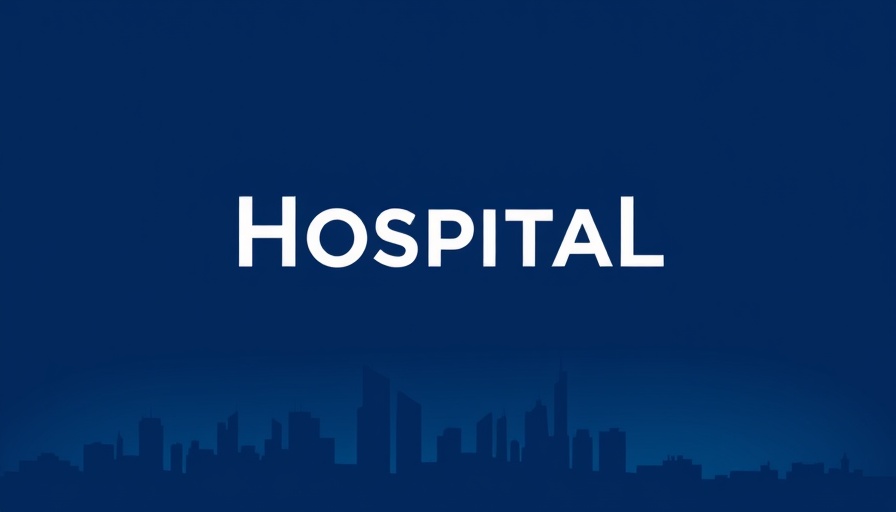
The Housing Solution for Healthcare Workers in Waterbury
In a notable development, city officials in Waterbury, Connecticut, are taking progressive steps to address a growing housing demand among hospital employees by transforming a former school site into apartment housing. This initiative aims to build a stronger connection between healthcare practitioners and the community they serve, ensuring that their immediate living conditions support their essential roles in patient care.
A Strategic Move for Healthcare Accessibility
Waterbury's proposed housing plan, which involves selling the property of a now-defunct school to a private developer, Kaybar Development, is set to create 80 new housing units ranging from one- to three-bedroom apartments. This transformation is expected to foster closer ties between Trinity Health’s St. Mary’s Hospital and its employees, who often face challenges in finding affordable housing nearby. Hospital representatives confirmed the need for this housing, emphasizing how crucial it is for staff to live within proximity to their workplace, thus improving staff retention and enhancing patient care.
Understanding the Financial Framework
The project is backed by a $1.6 million purchase agreement, with an estimated development cost between $18 million and $20 million. Key to the project's success will be a blend of state and private funding, which could be tapped into during renovations and construction. By aligning financial strategies with community needs, this initiative represents a model of how healthcare facilities can bolster employee health benefits and enhance service delivery through thoughtful urban planning.
The Role of Public Support
Upcoming public hearings are vital for garnering community support and feedback as the city’s board of aldermen prepares for a vote. This engagement not only helps inform the project but also ensures transparency, allowing residents to voice their opinions on community developments that impact them directly.
Future Predictions: Housing's Impact on Healthcare
As the landscape of healthcare continues to evolve, projects like Waterbury's could serve as templates for addressing common issues faced by healthcare workers nationwide. Accessible housing near workplaces is more than just a convenience; it can lead to better health outcomes, increased job satisfaction, and reduced turnover rates. If successful, such initiatives could emerge in other cities grappling with similar challenges, further merging urban development with health workforce strategies.
Steps Toward Implementation and Community Engagement
The next steps focus on the public vote planned for August 11, followed by a tentative closing date on September 15. Throughout this timeline, it is essential for stakeholders, including healthcare providers and community leaders, to remain connected and collaborative, ensuring the project unfolds smoothly and achieves its intended goals. The community must be part of this journey for it to succeed, creating a sense of ownership and responsibility among local residents.
Why This Matters to Independent Healthcare Providers
For providers in the area, this project represents an opportunity to rethink employee health benefits in a holistic manner. With the housing issue addressed, healthcare facilities can improve performance metrics linked to both staff wellbeing and patient satisfaction. Greater retention and morale among healthcare workers support independent pharmacies and clinics by mitigating the ripple effects of staff shortages.
Key Takeaways for Healthcare Professionals
- This project highlights the importance of local housing strategies in the overall efficiency of healthcare services.
- Strengthened synergies between healthcare institutions and local communities can enhance organizational effectiveness and employee satisfaction.
- Engagement with community members is vital for successful healthcare solutions.
As this development unfolds, it encourages healthcare professionals across the country to advocate for similar solutions tailored to their communities, recognizing the undeniable relationship between living conditions and the quality of healthcare provision.
In conclusion, it's vital for local healthcare facilities, independent physicians, nurse practitioners, and pharmacies to stay informed and actively participate in discussions surrounding health solutions like housing. Such initiatives pave the way for improved care delivery and foster a supportive environment for healthcare workers.
 Add Row
Add Row  Add
Add 




Write A Comment